MLB - Seogwipo Branch [Tax Refund Shop] (엠엘비 서귀포점)
18.2Km 0 2024-04-18
94, Jungjeong-ro, Seogwipo-si, Jeju-do
-
Suwolbong Peak (수월봉)
18.2Km 27649 2023-01-16
Gorak-ro, Jeju-si, Jeju
+82-64-740-6000
Suwolbong peak is a small oreum located in Gosan-ri, the westernmost point of Jejudo Island. Suwolbong rises 77 meters above sea level and the ocean-facing natural formation is surrounded by steches of green fields. On a clear day, the sunset from Suwolbong is comparable in beauty to the one from Sarabong.
On top of Suwolbong Peak is a small pavilion called Suwoljeong. The pavilion offers views of Chagwido (an island known to be the most beautiful in Jeju), as well as Songaksan Mountain and Jukdo Island. Next to Suwolbong Peak is a mountain weather station that observes and forecasts the weather for the western region.
Below the peak is a small Buddhist temple and Eongal, a steep cliff which faces toward the sea. Visitors can enjoy mineral water that falls freely from the cliff.
Gwakji Beach (Gwakji Gwamulhaebyeon Beach) (곽지해수욕장 (곽지과물해변))
18.2Km 46505 2023-02-16
Geumseong 5-gil, Jeju-si, Jeju-do
+82-64-728-3985
Gwakji Beach is a beach that has nice conditions including a 350-meter-long, 70-meter-wide white sand beach, an average water depth of 1.5 meters and a slope of about 5 to 8 degrees. Thanks to these conditions, a youth training facility was installed and groups of tourists visit here every year. Gwakji-ri is a historic village where shell mounds from prehistoric times were once excavated. According to a local legend, Gwakji Beach used to be a village in the ancient days, but one day, it became buried in the sand.
Suwolbong Tuff Cone and Chagwi Coast (수월봉과 차귀해안)
18.3Km 14409 2023-04-07
1013-70, Noeulhaean-ro, Jeju-si, Jeju-do
+82-64-740-6000
Located at the western end of Jeju Island, Suwolbong Tuff Cone, a small mountain, is famous for being a favorite sunset viewing place. The mountain has vertical cliffs spreading out like a scroll painting, created from the sea waves gradually cutting inland.
To the north, off the coast, is Chagwido Island, where only the top peak area has grass growing, and the rest of the island is made up of dark basalt rocks and cliffs. Around sunset, Chagwido’s seashore turns crimson red from the sun and is truly an amazing sight to behold.
K2 - Seogwipo Branch [Tax Refund Shop] (K2 서귀포점)
18.3Km 0 2024-04-22
101, Jungjeong-ro, Seogwipo-si, Jeju-do
-
Sinchang Windmill Coastal Road (신창풍차해안도로)
18.3Km 1 2023-02-16
1322-1, Sinchang-ri, Jeju-si, Jeju-do
+82-64-740-6000
Sinchang Windmill Coastal Road, which continues along the western tip of Jeju Island, presents a view of windmills lined up along the road from an offshore wind farm. The view of white windmills and emerald-colored sea along the winding coastline offer a pleasant fall scenery. There are many other things that unfold before one's eyes as while looking out upon the blue sea, like Chagwido Island afar. The road is well-known for its beautiful sunset so it is a great place to take pictures and watch the setting sun. Along the coastal road is a trail named Eco Experience. It features a Kelp grouper statue, Wondam Experience Site and a rest area where visitors can take selfies with many different backdrops. The observatory located in the middle of the trail is relatively quiet and visitors are recommended to head towards the observatory after taking a few photos on their walk up from Sinchang Windmill Coastal Road.
Oneunjeong Gimbap (오는정김밥)
18.3Km 0 2024-07-17
2 Dongmundong-ro, Seogwipo-si, Jeju-do
Oneunjeong Gimbap is one of Jeju's signature gimbap restaurants for visitors to Seogwipo, with there almost always being a line of people waiting to order. The gimbap here is unique in the addition of fried tofu mixed into the rice. The shop only offers take-out, and orders start from two rolls.
Louis Castel - Jeju Seogwipo Branch [Tax Refund Shop] (루이까스텔 제주서귀)
18.3Km 0 2024-04-22
1F, 104, Jungjeong-ro, Seogwipo-si, Jeju-do
-
Hotel Bridge [Korea Quality]호텔 브릿지[한국관광 품질인증]
18.3Km 0 2024-08-14
436, Taepyeong-ro, Seogwipo-si, Jeju-do
+82-64-766-4200
Hotel Bridge is in downtown Seogwipo, Jeju, close to Lee Jung-seob Art Street (named for the great 1950s painter) and the Seogwipo Everyday Olle Market. Hotel guests can enjoy fine views of Seogwipo Port and the ocean beyond - with the signature outline of Hallasan Mountain in the other direction. The hotel is a good base for exploring the streets and culture of Seogwipo and its busy harbor as well as enjoying the lives and works of artists while walking along Lee Jung-seob Art Street.
Historic Site of Anti-Mongolian Struggle in Hangpadu-ri, Jeju (제주 항파두리 항몽 유적)
18.4Km 27533 2022-08-18
50, Hangpaduri-ro, Jeju-si, Jeju-do
+82-64-710-6721
Historic Site of Anti-Mongolian Struggle in Hangpadu-ri is where the Sambyeolcho military unit of the Goryeo dynasty resisted the invasion of Mongolia until the last possible moment. The site houses an
exhibition hall, a monument, and a unique mud fortress. Nearby is Jangsumul Spring (Jangsu means general) which flowed from the footprints of General Kim Tong-jeong. Today, water from the spring
cannot be used as drinking water.
Sambyeolcho was a military unit of the Goryeo dynasty. When the Goryeo dynasty made peace with the Mongolian forces in February 1270 (the 11th year of King Wonjong), the Sambyeolcho special defense unit opposed it and launched a resistance movement. They moved their base to Jindo in Jeollanam-do, but after suffering a huge defeat, they moved to Jeju-do and built Hangpaduseong Fortress. They continued to fight against the Mongolian forces for two more years there. However, all the members were killed in April 1273 (the 14th year of King Wonjong).
This independent anti-Mongolian movement was born out the deeply patriotic belief in the need to safeguard the nation from foreign invasion. In 1977, the government invested 745 million won to restore part of the fortress and build a monument in commemoration of those who died in the war. The work was completed in June 1978.
![MLB - Seogwipo Branch [Tax Refund Shop] (엠엘비 서귀포점)](http://tong.visitkorea.or.kr/cms/resource/14/2887714_image2_1.jpg)

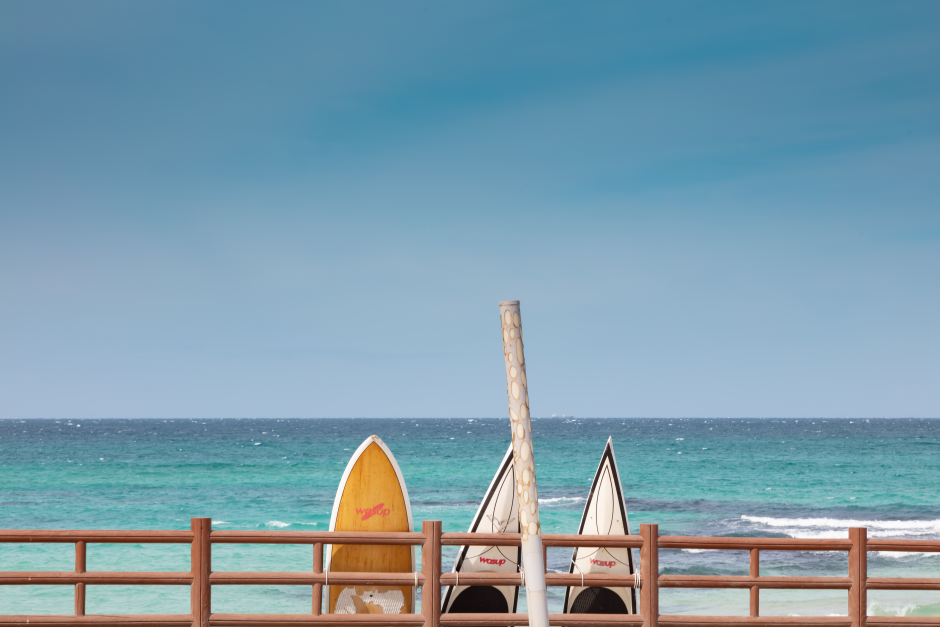
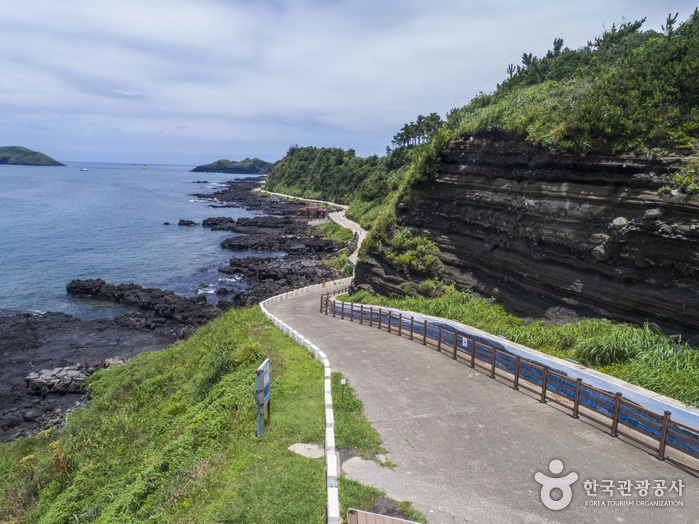
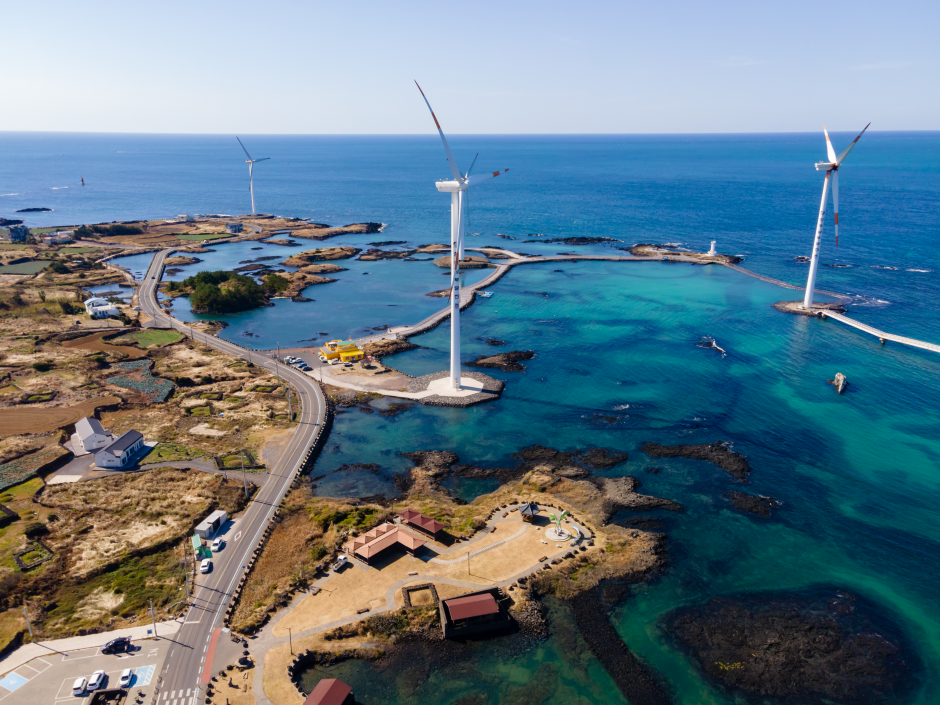
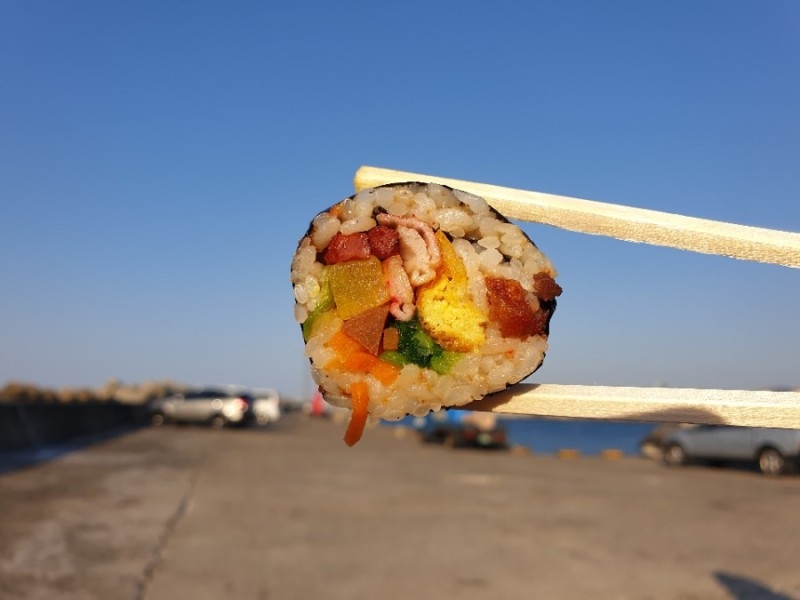
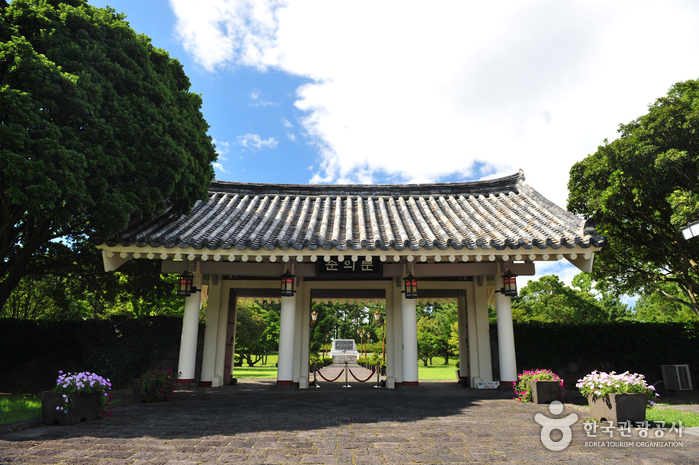
 English
English
 한국어
한국어 日本語
日本語 中文(简体)
中文(简体) Deutsch
Deutsch Français
Français Español
Español Русский
Русский